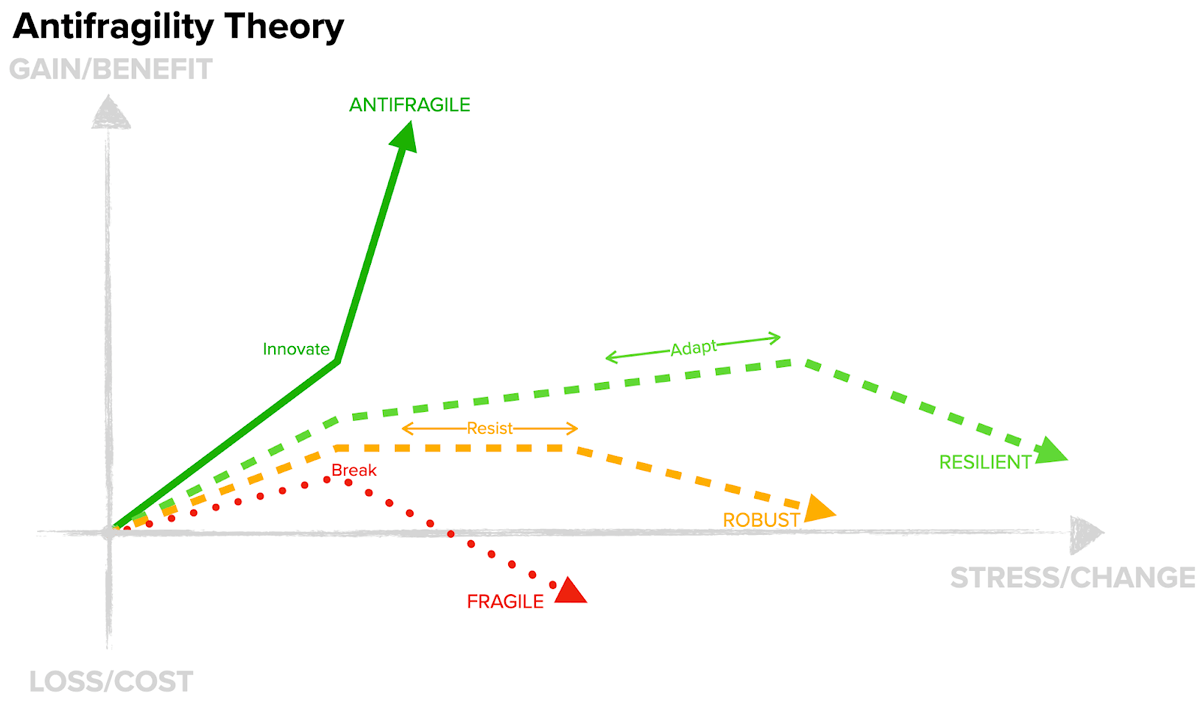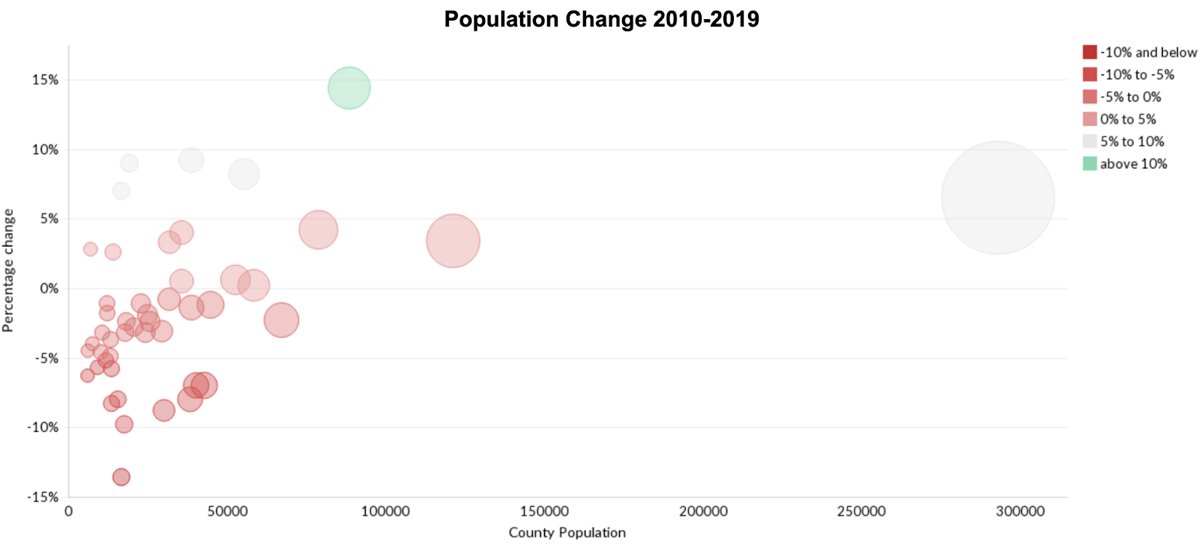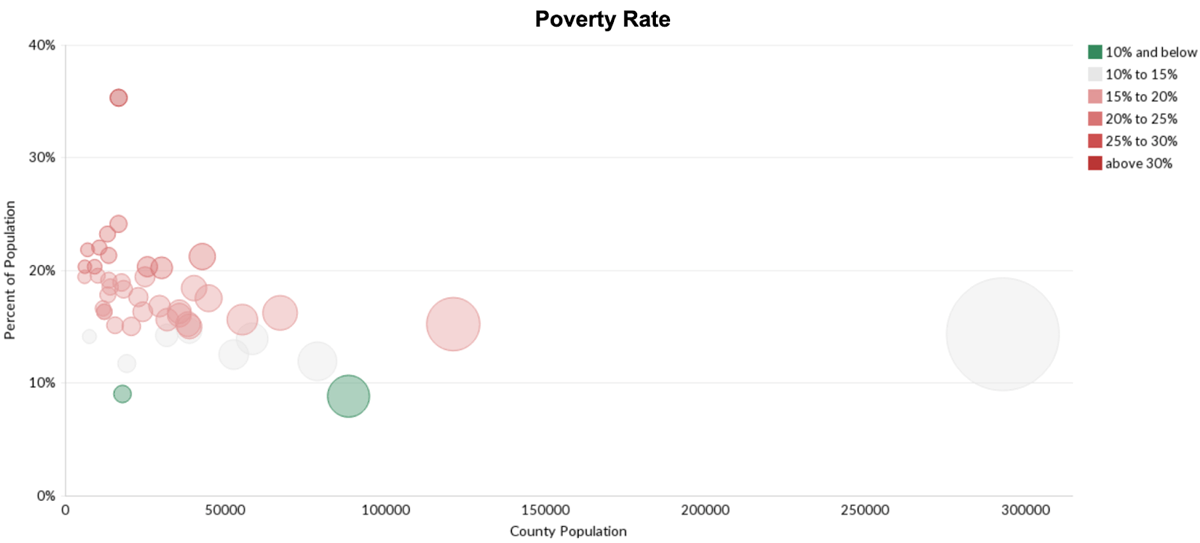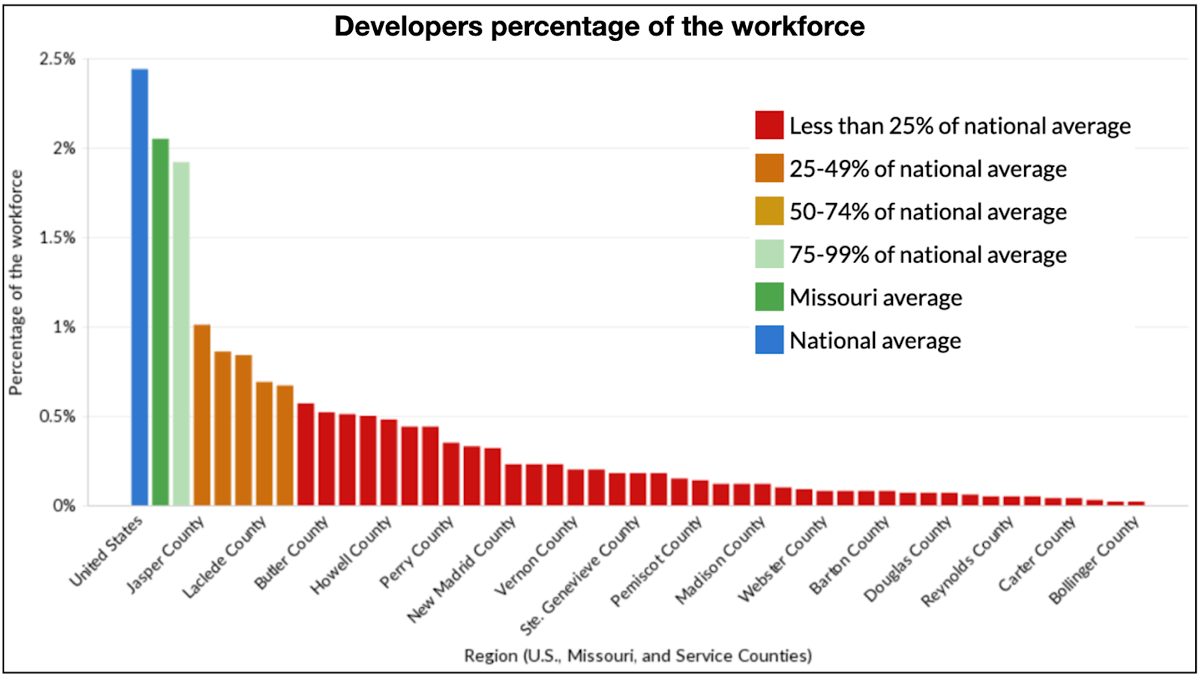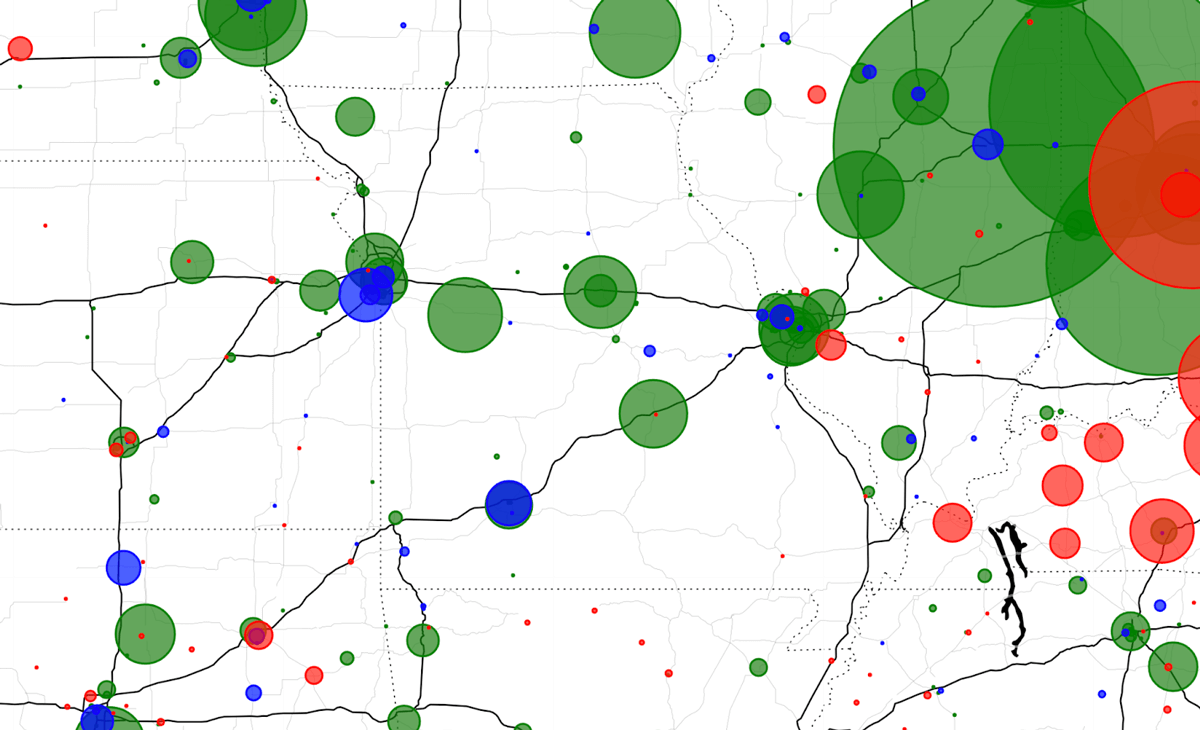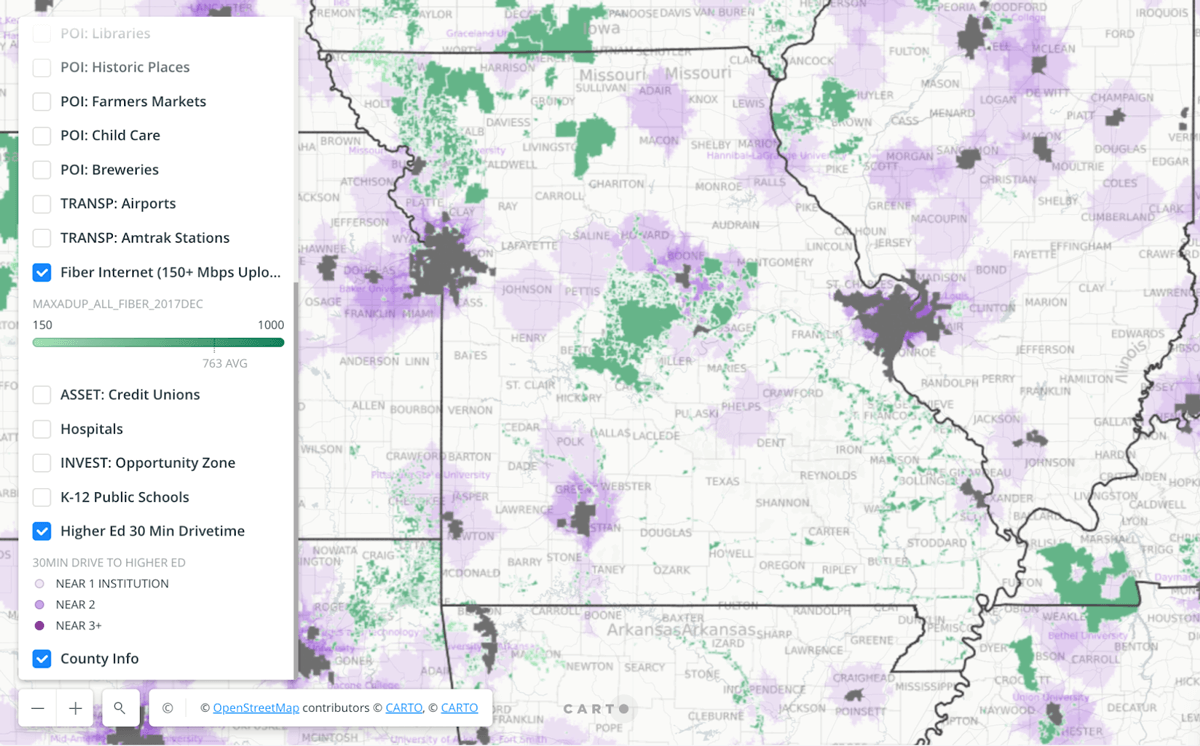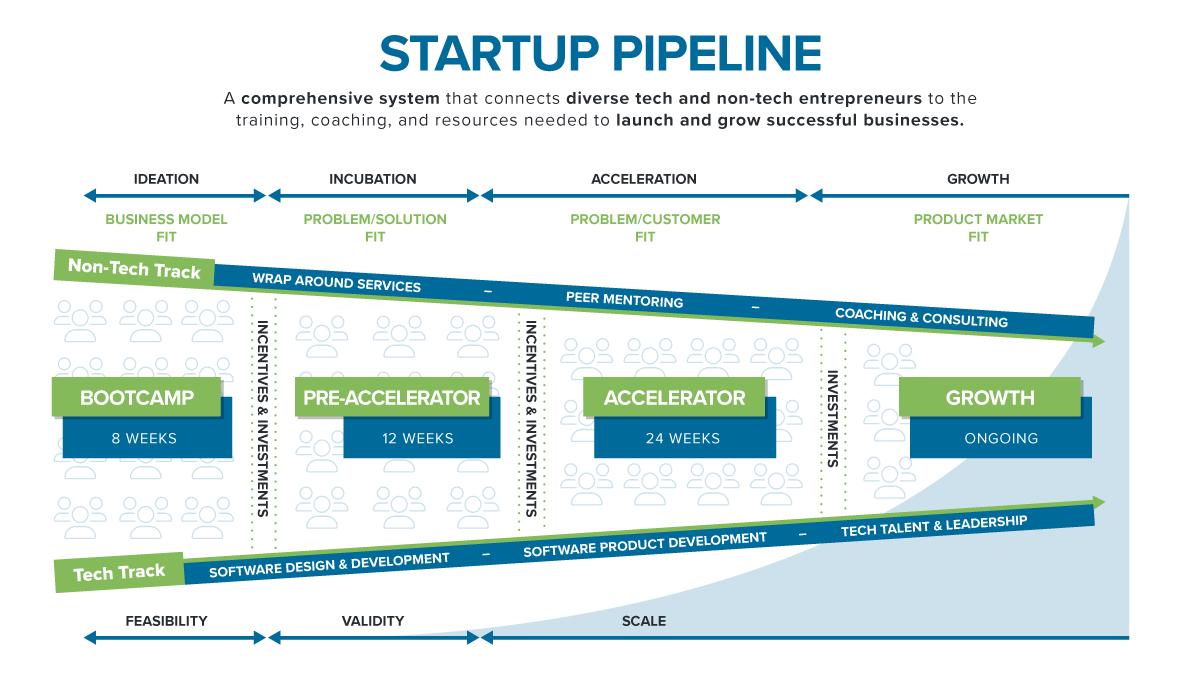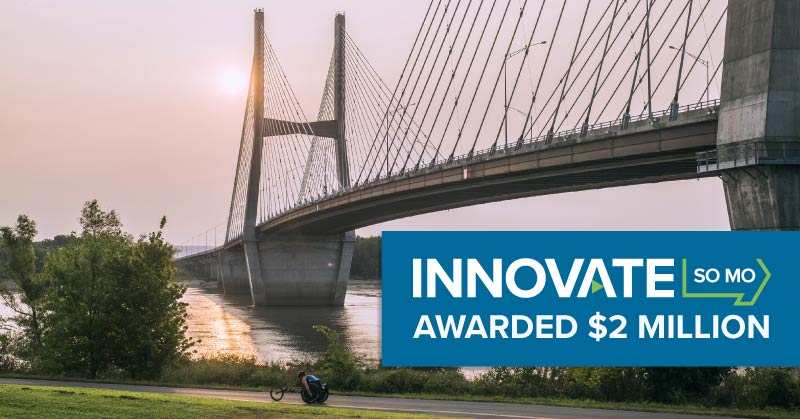
[Photo Credit: Center on Rural Innovation]
$2 Million Awarded to Codefi Foundation from Highly-Competitive National Program Accelerating Tech-Based Economic Development
October 11, 2022
Eight years ago, when a small group of us were grinding concrete floors and shellacking pallet wood for an abandoned Federal Building in downtown Cape,1 we knew something special was getting started. We have had quite a few historical firsts since that time. Another one came this week when the Economic Development Administration’s Venture Challenge, with nearly 200 applicants from around the nation, announced we would be one of the select few awarded $2 million2 to continue working on developing a regional tech-based economy. The award is matched dollar for dollar by local and state investment and in-kind contributions.
The investment is going towards the recently established Southern Missouri Innovation Network3 (Innovate SOMO), led by Codefi Foundation on Rural Innovation and the efactory4 at Missouri State University, two of the state’s most successful innovation hubs. Innovate SOMO launched with commitments from over 100 leading companies and stakeholders from 12 communities. The objective of the project, the first-of-its-kind and largest regional business and workforce network in the state’s history, is to accelerate tech-based economic development across 47 predominantly rural and historically distressed counties.
Innovate SOMO builds upon a prior EDA award5 that helped 30 new tech companies, who raised an additional $20 million in follow-on capital and created over 150 jobs in three years. Reread that sentence. Thirty new tech companies. $20 million follow-on capital. Over 150 jobs. From an abandoned building, to a bustling intersection in downtown Cape, to regional partnerships, and now to statewide initiatives.
The work to be put in a position and be selected for an award of this size is no small feat. The real spotlight should be put on the people and entrepreneurs who are taking risks, starting companies, challenging status quos, and working countless hours on creating a more prosperous future for our region. Companies such as PumpTrakr,6 Sho.ai,7 Swipesum,8 Venku,9 and newly relocated startups10 include groups of young entrepreneurs who are reshaping the future of our region and creating more opportunities for the people who live here. This is ultimately a win—more opportunities for more people to have more access to more resources to create more for everyone.
Last year, we set a goal to generate $100 million in economic impact11 for our region. The support of this program is just the beginning.
We welcome more advocates. We have so much more work to do.
This is where you can stop reading if you just want to celebrate with us. Thank you for sharing your time. But we’d like to elaborate further on why this announcement, this work, is so important and how we are working towards systematically improving the trajectory of our region. So feel free to continue reading and nerd out with us.
Our Mission
When most people think of rural or nonmetropolitan communities, they may think of them as fragile. We’ve mostly seen historical declines12 in nearly every facet of life for some decades now: whether it be population, opportunities and economic prosperity, or infrastructure.
When people think of metro areas, they may view them differently - such as using the term robust or stable - because they have people and resources that help resist failure, depressions, and decline.
For initiatives like the ones we’re taking on with the Southern Missouri Innovation Network, we’ve heard the term used “resilient.” And that word is defined as something that bounces back from failure or decline.
- Nassim Nicholas Taleb
We’d like everyone to understand what we’re truly after. It’s obviously not to continue a fragile decline, and while robustness and resilience are desirable outcomes; The objective is to create systems that are anti-fragile. This term was coined by Nassim Nicholas Taleb13 (a mathematician and most known as a famous author of the book, The Black Swan). Anti-fragility is defined as something that, when it experiences stressors, depressions, or declines—more than just resisting change or bouncing back—it grows and gets stronger from those experiences. And, it makes sense when you consider what makes a successful startup, or someone learning a new skill, or what it takes for a community to accumulate wealth and grow: new trial-and-error and innovation. They lead to anti-fragility.
The Problems
We often hear people discuss how great our communities are, or how wonderful the region is doing economically. We get it. There should be pride in where you live. Unfortunately, the data tells a different story.
The region is over 71% rural, with eleven of the counties considered 100% rural.14 Being rural of course isn’t a problem. But according to the Economic Development Administration for Fiscal Year 2022, 15 of the counties are identified as exhibiting persistent poverty.15 The 47 southernmost counties in Missouri have seen historical declines in population and economic prosperity. From 2010-2019, the United States population grew by 6.3% and Missouri by 2.5%, while our counties collectively declined by 1.5%.16 Average occupational wages in Missouri are 12% below national averages, while our counties collectively are 30% lower.17
According to the Missouri Economic and Research Information Center, the fastest-growing high-wage jobs in Missouri and the region are information technology occupations in software development and cybersecurity.18 Employers report these are the most difficult positions to fill.
The state and national average for the percentage of the workforce as software professionals is 2.0% and 2.5%, respectively. Excluding Greene County, the 46 southernmost counties average 0.08%, a staggering 70% below state and national averages.19
The average annual mean wage for all occupations in our 47 counties is $42,000, while it is nearly double that at $76,000 for these programming occupations.20 If not addressed, the counties within our regions will continue to see historical declines, and we will miss out on significant economic prosperity.
Recent Rural Innovation Strategies’ mapping analysis21 shows the limited granting institutions for bachelor and associate degrees and primary certificates for computer occupations in Southern Missouri.
Missouri is investing $400M in broadband access,22 but we lack connected tech-based economic development for tech companies desiring to be located and hire talent here.
A variety of studies have found that the share of businesses less than one year old across the U.S. have declined by almost half between 1980 and 2015. A 2020 study by the Purdue Center for Regional Development23 found that, while a higher share of workers ages 16 and older are self-employed in rural and mostly rural counties, the level of entrepreneurship activity is not positively correlated to other broad measures of economic output. The study suggests that a good ecosystem pipeline produces more startup firms with high-growth capacity to produce more economic impact. It also found that those high-tech startup firms require top-tier training and resources that allow the companies and founders to systematically move from one stage to the next.
A majority of the counties within Innovate SOMO include historically distressed populations that have seen economic depressions and opportunity gaps created. The outlook on these economies is projected to continue declining unless a major, systematic, and regional effort is implemented to reverse the outcomes.
We’re at a very unique time in history with the crossroads of increased digital opportunities and a pandemic that for the first time in decades caused a net migration out of metro areas.24 What once provided more opportunities, what we’d call the “law of geographic population density”, has been shattered. And it’s up to us to seize this window of opportunity to sustain a better future for the people who want to live in these communities. The only conceivable way we can possibly succeed is if we create new laws and rules, break down barriers, towards a common goal of future prosperity for all of the people we serve by working together. So how do we propose to do that? We’re glad you asked.
Supply >< Demand
We have to solve the problem of supply and demand. Rural and nonmetropolitan tech-ecosystems are often underdeveloped because communities only have the capacity, resources, or expertise to focus on one side of the model, if at all.
Strictly providing workforce development programs and resources to train new tech skills, without providing access to job opportunities, ultimately requires new talent to leave the region. We then completely lose any return on investment. U.S. labor statistics estimate there are currently 1.4 million unfilled computer programming jobs.25 Unfortunately, to meet that need, the answer isn’t to just train new workers. According to CompTIA, nearly 80% of needed talent for current open positions requires 3-5 years of experience.26 These problems are going to compound well into the future unless a new model is implemented.
Likewise, strictly providing business development programs and resources for companies to launch will stunt potential growth due to lack of access to talent. If we invest in companies headquartered here, but they can only identify needed talent elsewhere, we lose out on a significant portion of the potential economic impact.
Communities with solutions focusing on one side of the supply and demand model, at worst, will see total loss of return on investment, and at best, a partial gain on economic impact. Equally solving problems of supply and demand to meet the needs of individuals, industry, and communities collectively is necessary for future prosperity.
The past few years, we have worked exhaustively to create a world class workforce development system. Through the Youth Coding League27 starting at middle school age, we are introducing students to computer programming. What started as a pilot in Cape Girardeau in 2018 has expanded to nearly 100 teams across nine states, serving thousands of youth. Our adult reskilling program, Code Labs,28 since inception has trained and employed individuals with an accumulated $9 million in annual wages. You read that right. Nine million dollars in wages. Individuals enter the program, on average, making roughly $30,000 a year, and are now making, on average, $70,000 a year. Companies such as Vizient,29 CSI,30 Alan Wire,31 and numerous startups have made that possible. Recent Code Labs success stories32 share great examples.
How we're investing $2 million
While we will need to continue and need more organizations supporting workforce development initiatives to improve our talent supply, we also need more activity to generate more demand and opportunities. Leading in-partnership with efactory, funding will be used to deliver programs using our regional innovation model that is uniquely designed to support software-focused startups and existing firms through four distinct development phases: ideation, incubation, acceleration, and growth. Each phase is anchored by the deployment of structured training and development programs. The programs are delivered through a combination of virtual and personal delivery methods, led by expert coaches with the support of local partners and stakeholders at our regional network host communities. More details with the announcement of these programs will be shared in the coming weeks and months.
A significant portion of the funding will go towards not just training programs, but actually helping founders build their companies. Companies that make it past the ideation stage will have access to additional resources for technology development. Discovery, design, and development teams will be deployed with comprehensive approaches to building software that solves real-world problems, gathering feedback to validate market demand, and scaling growth.
Founders who go through these programs will be partnered with technical experts who are simultaneously guiding graduates from our workforce training programs. We’ve developed structures that continuously provide feedback loops using fundamental approaches to increase the likelihood of success: for new entrants into the workforce, founders, companies, and ultimately the network throughout our region. This new model is intentionally designed to solve the supply and demand shortages in our region.
These training and development programs and resources will be provided free-of-charge and equity-free to founders. Simultaneously, we’ve launched the Innovate SOMO Fund33 and an investor network that is being formed to provide these new businesses with increased access to follow-on capital to help them scale and grow their companies and talent from here.
A lot of times you come across stories, writeups, or biographies that explain startups and innovation with “...and then magic happens.” This is the magic. A collective group of people, collaborating, working together incredibly hard—willing to improve over the status quo.
We echo Brad Feld,34 author of Startup Communities, saying “20 years from today,” meaning you have to expect serious time and commitment to see positive impacts. Receiving $2 million is a big deal. We are humbled for the opportunity, and are of course celebrating and hope you join us. There is still so much more left to do. So let’s get to work.
Relevant Links
1First tenant commits to old federal building
2U.S. Department of Commerce Announces 51 “Build to Scale” Grants Totaling $47 Million to Fuel Innovation and Tech-Based Economic Development
3Southern Missouri Innovation Network
4efactory
52019: $750,000 EDA award
6PumpTrakr
7Sho.ai
8Swipesum
9Venku
10Codefi introduces 2022 1ST50K Startup Competition Awardees
11This Is Us $100MILLION YouTube video
12Gross Domestic Product Trends in Missouri
13Nassim Nicholas Taleb
14Rural economy population
15Persistent poverty counties
16Census data
17Missouri occupational employment and wage estimates
18Missouri Economic Research and Information Center employment projections
19Codefi analysis from Bureau of Labor Statistics and Census data
20Ibid.
21RISI Higher Tech Ed
22$400 million plan to improve broadband infrastructure in Missouri
23Purdue University: How efficient is your entrepreneur pipeline?
24Brookings: New census data shows a huge spike in movement out of big metro areas during the pandemic
25The Software Developer Shortage in the US and the Global Tech Talent Shortage in 2022
26CompTIA: Industry Outlook 2022
27Youth Coding League
28Code Labs
29Vizient
30CSI
31Alan Wire
32Code Labs success story: Ashley Lovette
33Announcing the Innovate SOMO Fund
34Brad Feld
